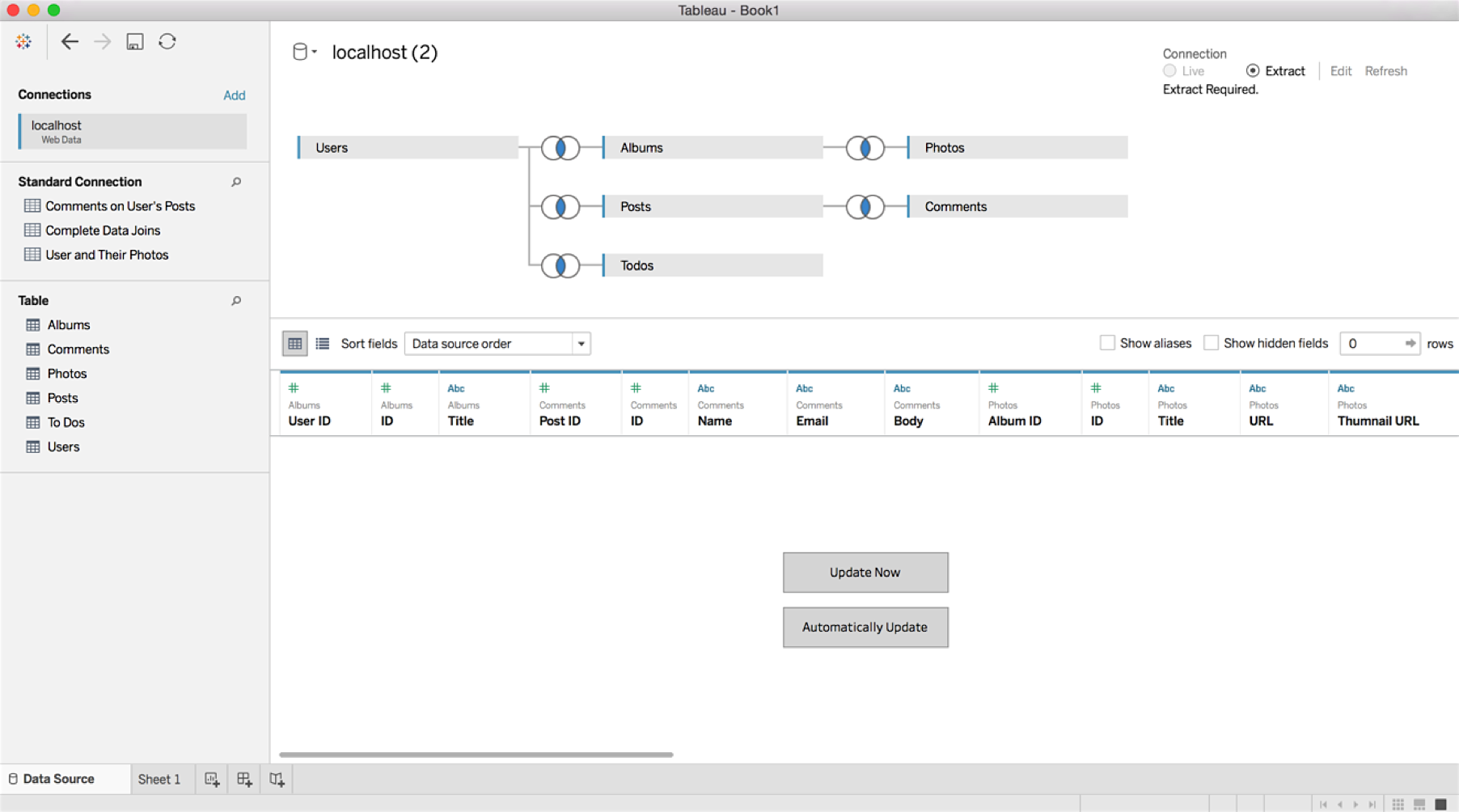Tableau 10.1 includes API improvements, Server Client Library

You asked for API improvements, and we’ve heard you. In Tableau 10.1, we’ve made improvements to many of our APIs to let you do more, and do them more easily. We’ve also released a brand-new client library that drastically reduces the amount of code required to use the REST API.
Let me tell you about the improvements.
Tableau Server Client Library and REST API
Tableau’s REST API lets you programmatically manage content and users on Tableau Server or Tableau Online. Because the REST API is implemented as a set of HTTP endpoints, in order to use it, you have to manage all the code for making HTTP requests.
This can mean a lot of code. For example, in the sample we ship, it takes more than 300 lines of code to publish a workbook. Much of that code is used just to construct requests and handle responses.
To simplify REST API calls for you, we've just shipped a Python-based client library for the REST API. It’s called the Tableau Server Client Library, and you can install it using this command:
pip install tableauserverclient
The same task of publishing a workbook now takes fewer than 20 lines of code. We think you'll love using this library. As noted, the first version is in Python, but we’ll be adding new languages in the future. Which language would you like to see added next? Let us know on GitHub or in the comments below.
Improvements to the REST API
In addition to the library, we've also improved the REST API itself. Here’s what’s new:
- We've extended filtering and sorting (a feature that we added in Tableau 10) to endpoints for working with data sources, views, and sites.
- The Query Workbooks for User endpoint is now enabled for site admins.
- A new endpoint called Server Info returns, well, information about the server.
Check out our REST API help guide for more information about these improvements.
Web Data Connector
We’ve revved the Web Data Connector again, and we're excited to release WDC 2.1. We've added progress reporting during the data-gathering phase so that end users can see what's going on while the data is being retrieved by the WDC.
There’s also a new feature called standard connections. These are pre-defined joins that you, the WDC developer, create to give end users a fast, easy way to get started. For example, instead of just returning a list of tables, a standard connection could automatically join social media posts to the users table and photos.
With standard connections, here's what a user might see when using a WDC to connect to data that includes five different tables. Notice that the tables are already joined. The end user doesn't have to figure out how the tables are related and how to join them.

Whether your data source has a single canonical structure or various options, standard connections will help your end users avoid data modeling mistakes and get into their data exploration and analysis more quickly.
Document API
The Document API is a Python-based library that lets you read and change certain values in workbooks and data sources. In the latest release (Document API 0.3), we've added support for working with TWBX and TDSX files. You can also now get information about the fields (column names, data types) in a data source and even change your data source’s database platform (aka database retargeting) from something like MySQL to SQL Server.
To install the latest version of the Document API, use this command:
pip install tableaudocumentapi
You can also get the source code on GitHub.
Join the beta
Haven't yet tried Tableau 10.1? Check out our beta program. The beta program is available for existing Tableau customers. Customers with an active maintenance license can upgrade for free when Tableau 10.1 is released.
Developers at TC16
We’ve got a number of activities planned for Tableau’s developer community at TC16 in Austin.
We’ll host a full-day hackathon on Monday, Nov. 7. Come join hundreds of fellow hackers and build something fun using the Tableau platform APIs. Some 20 Tableau engineers will be there to help. The best projects will win a chance to compete on the big stage on Tuesday night for prizes and some major bragging rights.
And check out the full list of sessions. At TC16, we'll offer twice as many developer-focused sessions as we did last year. And we’ll aim to cover all aspects of Tableau’s APIs.
We’re looking forward to seeing what you do with the new APIs and tools in Tableau 10.1, and to spending time with you at TC16. See you in Austin!
See what's new in Tableau
Articles sur des sujets connexes
Abonnez-vous à notre blog
Obtenez les dernières nouvelles de Tableau dans votre boîte de réception.








